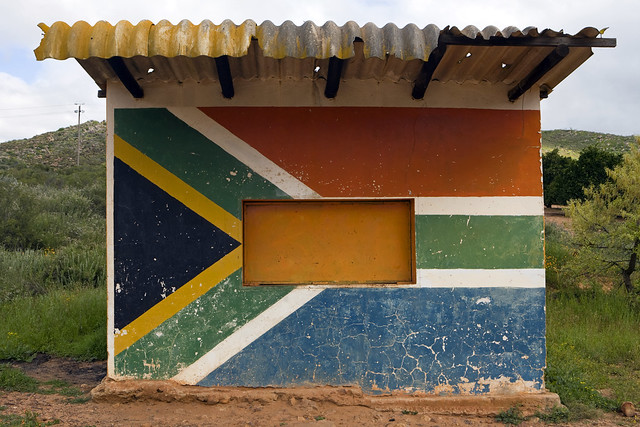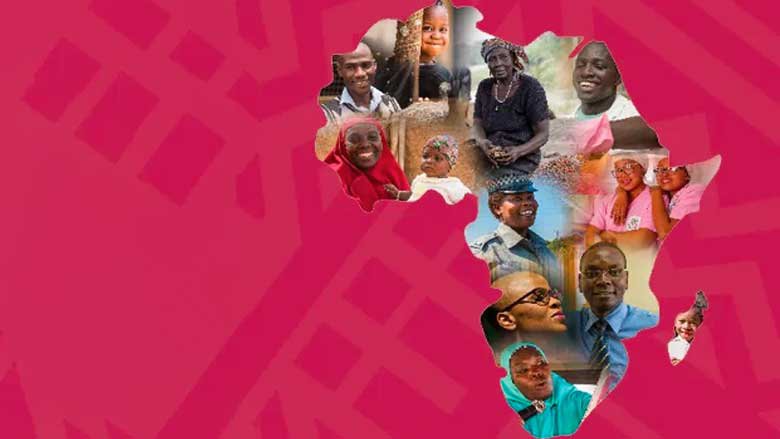Energy supply has stabilized in 2024, with no rotational loadshedding (planned power cuts) since late March 2024. Prior to this, electricity supply shortages had constrained South Africa¡¯s growth for several years. Rolling scheduled power cuts (load shedding) started in 2007 and intensified from 2022. The cumulated duration of the outages due to rotational load shedding, each of which lasted 2 to 4 hours, was equivalent to 289 days in 2023, up from 157 in 2022 and 48 in 2021. This severe electricity shortfall disrupted economic activity and increased operating costs for businesses, many of which rely on costly diesel generators. The subsequent improvements in electricity supply have been attributed to improvements in the management of the national power utility Eskom, and high-level political support from the President and the Minister of Electricity.
Weak structural growth and the COVID-19 pandemic have exacerbated socio-economic challenges. South Africa¡¯s GDP has recovered to its pre-pandemic levels, but the strength of the recovery has been hindered by multiple structural constraints, including infrastructure bottlenecks and low productivity. The recovery in employment continued in 2023 (790,000 jobs were added, leading to a higher level of employment than before the pandemic) but the pace of job creation has not kept up with the growing labor force, resulting in a rising number of unemployed people. The unemployment rate stood at an elevated 33.5% in Q2-2024, with women and youth persistently more impacted. Inequality remains among the highest in the world, and poverty was estimated at 62.6% in 2023, based on the upper-middle-income country poverty line, only slightly below its pandemic peak. These trends have prompted growing social demands for government support, which could put the sustainability of public finances at risk if they are to be met.
Increasingly severe domestic constraints, alongside slowing global demand, led to GDP growth falling to just 0.7% in 2023, from 1.9% in 2022. Mining production contracted while manufacturing production edged higher, as load shedding and transport bottlenecks intensified. The services sectors (financial, transport, and personal) and domestic trade were key drivers of growth. The labor market has remained weak. The employment ratio only increased to 40.8% at the end of 2023, and 39.4% in 2022, from a pandemic low of 35.9% in September 2021. In this context, the COVID-19 Social Relief of Distress Grant, introduced in May 2020, was extended for another year until March 2025. Socio-economic challenges were further exacerbated by high fuel and food (bread and cereals) prices, which disproportionately affected the poor. Inflation averaged 6.0% in 2023 but stood at 9.3% for those at the bottom 20% of the income distribution. Headline inflation has eased to 4.4% in August 2024.
Following the May 2024 national elections, a Government of National Unity (GNU) was formed in June 2024, led by President Cyril Ramaphosa. It focuses on constitutionalism, economic recovery, workers¡¯ rights, social protection, and equity. The GNU brings together 11 political parties in a power-sharing agreement and aims to rebuild South Africa¡¯s economy through key reforms for faster growth, better service delivery, and job creation, marking a new direction for economic policy and implementation.
Key Development Challenges
South Africa has taken considerable strides to improve the well-being of its citizens since its transition to democracy in the mid-1990s, but progress has stagnated in the last decade. The percentage of the population living below the upper-middle-income country poverty line fell from 68% to 56% between 2005 and 2010 but has since trended slightly upwards, to 57% in 2015, and is estimated to have reached 62.6% in 2023.
Structural challenges and weak growth have undermined progress in reducing poverty, heightened by the COVID-19 pandemic. The achievement of progress in household welfare is severely constrained by rising unemployment, which reached 33.5% in the second quarter of 2024, above the already high pre-pandemic rates. The unemployment rate is highest among youths aged between 15 and 24, at 60.8%.
Other structural challenges have also increased, including transport and logistics, which have deteriorated due to weak management of the state-owned enterprise Transnet, theft, and sabotage, constraining South Africa¡¯s export capacity.
South Africa remains a dual economy with one of the highest and most persistent inequality rates in the world, with a consumption expenditure Gini coefficient of 0.67 in 2018. High inequality is perpetuated by a legacy of exclusion and the nature of economic growth, which is not pro-poor and does not generate sufficient jobs. Inequality in wealth is even higher, and intergenerational mobility is low, meaning inequalities are passed down from generation to generation with little change over time.
Last Updated: Oct 03, 2024










